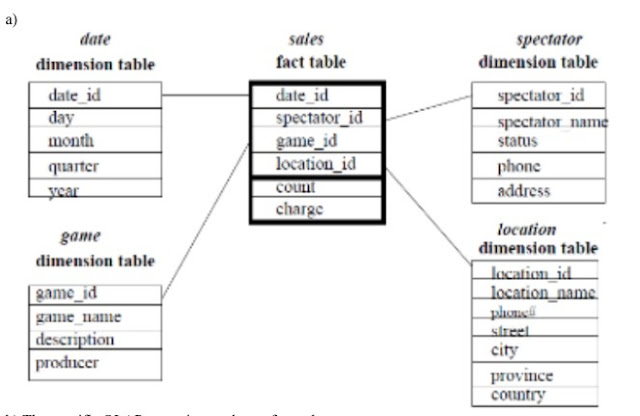How are the Internet and the Web similar to or different from other technologies that have changed commerce in the past?
The Internet and the Web are similar to other technologies that have changed commerce in the past in that each new technological innovation spawns explosive growth characterized by thousands of startup companies. Many of these fail in the period of retrenchment and consolidation that follows. As with other technological revolutions, eventually, it is the large, already established firms who have the resources to exploit the new technology. The growth of the Internet, when compared to other electronic technologies such as radio and television, has been much more rapid: the Internet and Web achieved a 53 percent share of U.S households in only 10 years. In comparison, it took 38 years for radio and 17 for television to achieve a 30 percent share.




Comments
Post a Comment